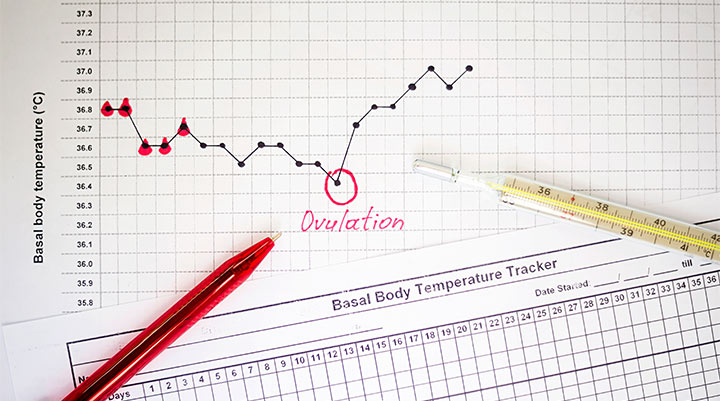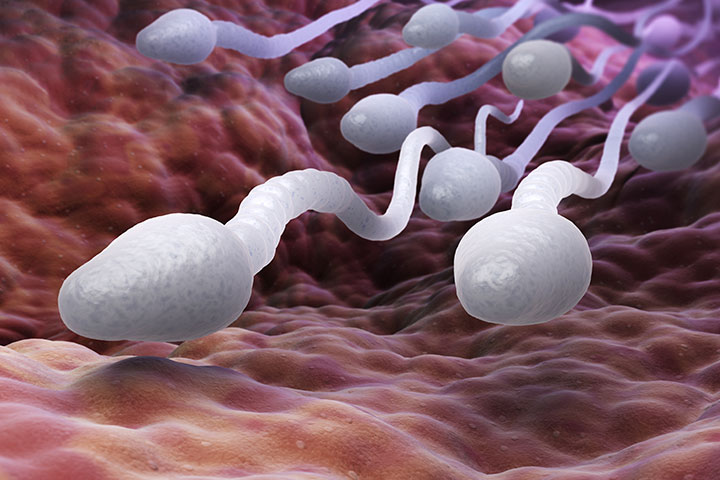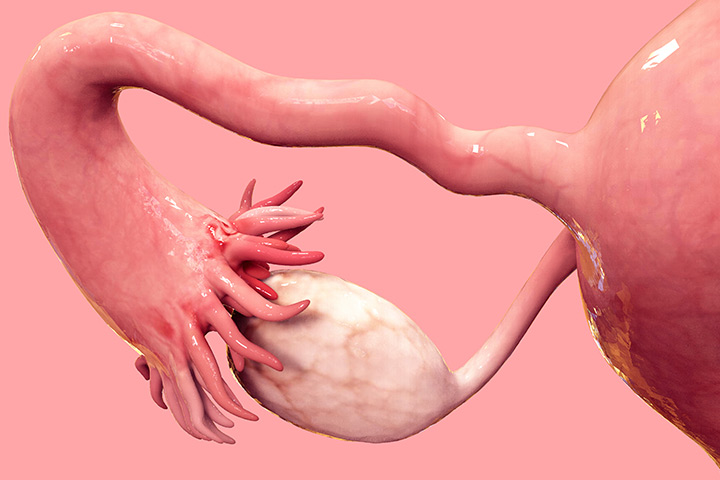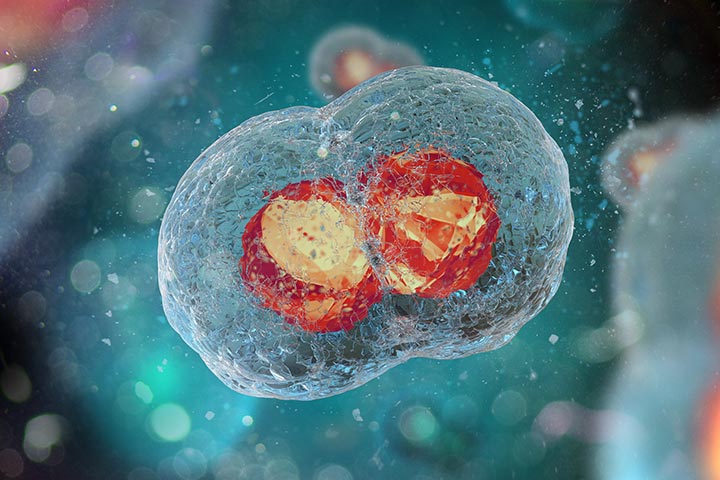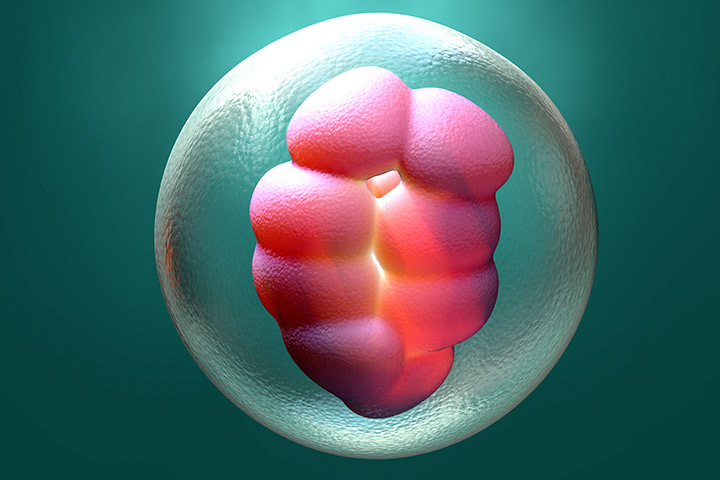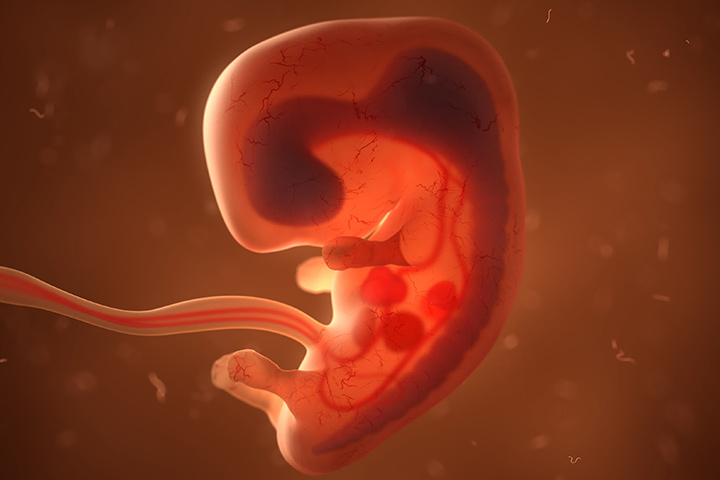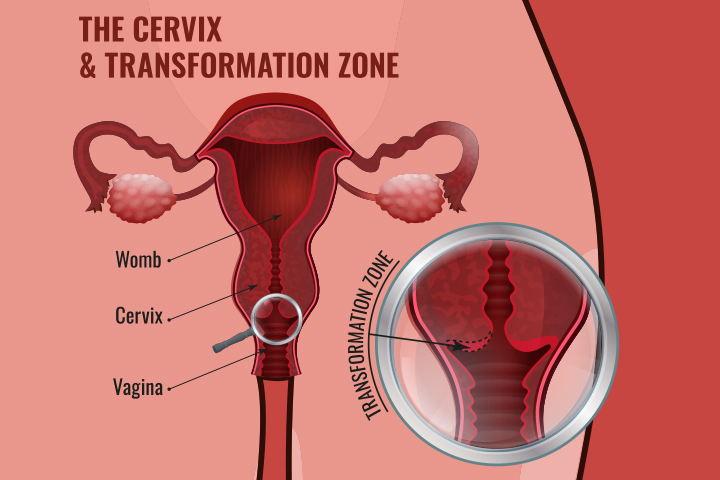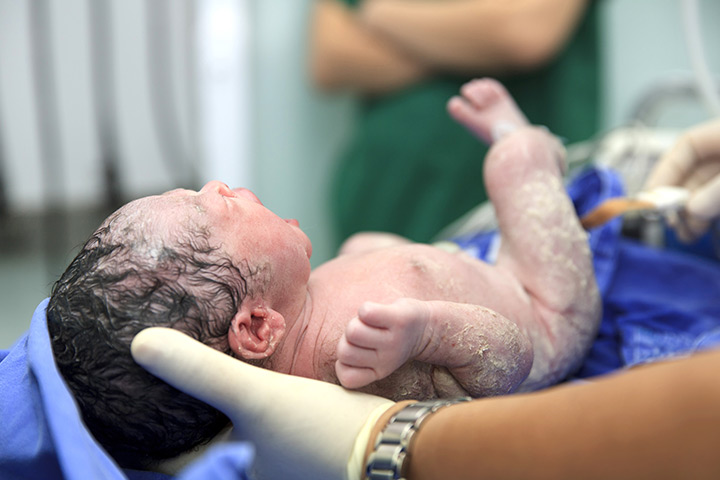
Image: Shutterstock
Once a couple makes up their mind to start a family, they’ll go that extra mile to make sure they get it right. While some might hit the bull’s eye at the very first attempt, for a vast majority of them, it might require some trials and errors until they finally make it through. It is mostly at this juncture that couples try to educate themselves with the intricacies of baby-making, which they wouldn’t have bothered about otherwise. If you are one such couple who is trying to expand your family, then we bring you here some words that you should get familiar with. This is because you’ll eventually get to hear them frequently once you conceive. So, here goes:
1. Ovulation
Ovulation occurs every month in one of the two ovaries of a woman. This is when a mature egg gets pushed down the fallopian tube and is ready to be fertilized. Ovulation usually occurs between day 11 to day 21 following the first day of the last menstrual period of a woman (1).
2. Mittelschmerz
Also called ‘middle pain’ in layman’s term. This is characterized by some amount of aches and pains near the ovaries at the time of ovulation in some women (2).
3. Sperm
When a man ejaculates semen, it contains millions of sperms. These sperms are tiny male reproductive cells, only one of which eventually fertilizes the egg (3).
4. Ovary
The ovaries are two oval-shaped, small glands that are located on both sides of the uterus. These ovaries produce the egg, or ovum, and release it into the fallopian tubes when it is mature (4).
5. Uterus
Also called the ‘womb’, it is a pear-shaped, hollow organ that eventually becomes home to the developing baby once you conceive (5).
6. Fallopian Tubes
Attached to the uterus, these narrow tubes serve as the tunnels from which the mature egg, or the ovum, travels from the ovaries and enters the uterus for possible fertilization (6).
7. Zygote
The moment a sperm successfully enters the egg, the egg closes around it, thereby not allowing any other sperm to enter. This way the egg, or the ovum, gets fertilized by the sperm. This unionized cell is known as a zygote (7).
8. Embryo
Once the egg is fertilized and becomes a zygote, cell division starts occurring. This is also sometimes called as ‘pre-embryo’ stage. The pre-embryonic stage is considered to be complete by the 14th day after fertilization. Thereafter begins the early stage of fetal development where it is then called as an embryo. Thus, an embryo is described as the fetal growth stage from the time of conception up to the 8th week of gestation (8).
9. Fetus
After the 8th week from the time of conception, the embryo now becomes a fetus. Your baby now starts developing and continues to be called fetus until the time of birth (9).
10. Cervix
The cervix is a neck of tissue that is cylindrical in shape and connects the vaginal area with the uterus. It assists in pregnancy in various ways. The cervix releases a fluid known as the cervical mucus which keeps changing the consistency to help you understand your ovulation stage. It is also flexible when it comes to changing its shape. At the time of delivery, the cervix will dilate wide enough to help the baby pass through the birth canal. But the same cervix will remain small enough during menstruation to just let the blood pass in a small stream (10).
11. Human Chorionic Gonadotropin Hormone (HCG)
You will often hear about HCG from the moment you see those 2 pink lines that confirm a positive pregnancy test. It is formed by the cells in the placenta after the egg is fertilized and attaches to the uterine wall. Since this hormone is produced during pregnancy, it is also called the pregnancy hormone (11).
We hope that these words have given you an insight into what you need to look out for. Now that we’ve already given you a head-start, all you need to do is consult your doctor and set some baby-making schedules for yourselves. All the best to you guys!

